Descripción
Con un mejor acoplamiento de la cobertura tradicional con herramientas modernas, este texto de matemáticas finitas; líder del mercado para la gestión, vida, y las ciencias sociales; en su Novena Edición, aplica las matemáticas al mundo real. Ofrece un equilibrio perfecto de las aplicaciones, la pedagogía y la tecnología para ayudarle a tener éxito en el curso.
Promueve la enseñanza de las matemáticas mediante la aplicación a la vida diaria, para ello el texto está lleno de ejemplos de la vida real que motivan y te iluminan para entender los conceptos. Su enfoque intuitivo introduce conceptos abstractos a través de ejemplos extraídos de las experiencias comunes a las que se puede relacionar. También incluye una visión de los profesionales acerca de cómo se integran las matemáticas en sus operaciones del día a día.
Numerosos ejercicios para asegurarse de que tiene una sólida comprensión de los conceptos de texto antes de avanzar al siguiente tema -o- examen. Una emocionante variedad de suplementos en el texto, le proporciona un amplio soporte de aprendizaje que ayuda a maximizar sus esfuerzos de estudio y mejorar su comprensión.
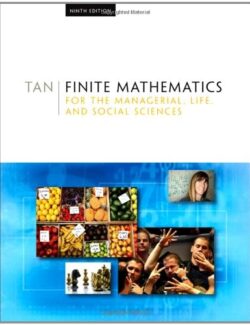

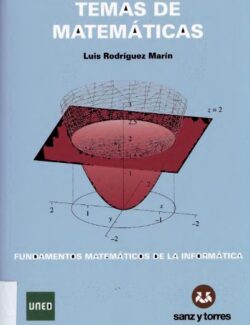

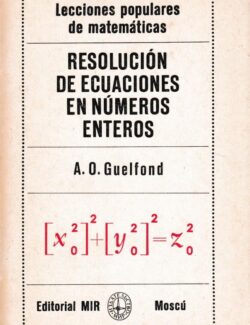

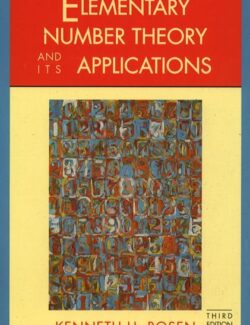
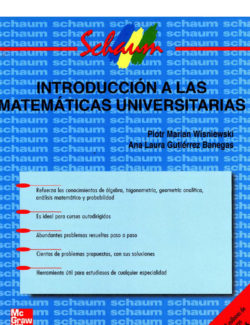

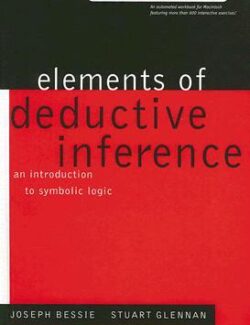
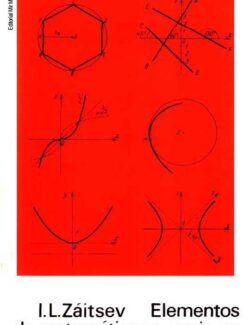


Déjanos un comentario
1 comentario